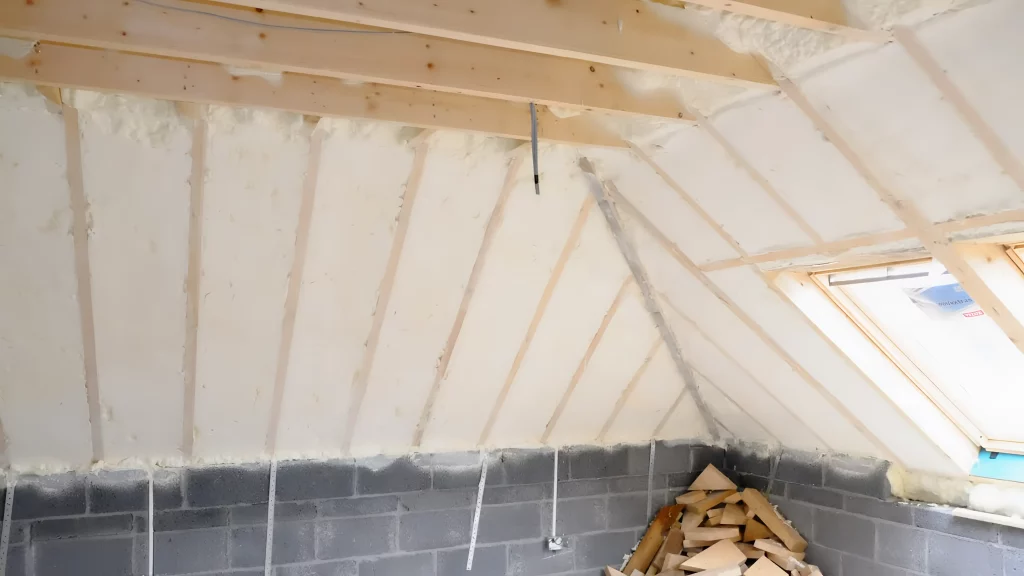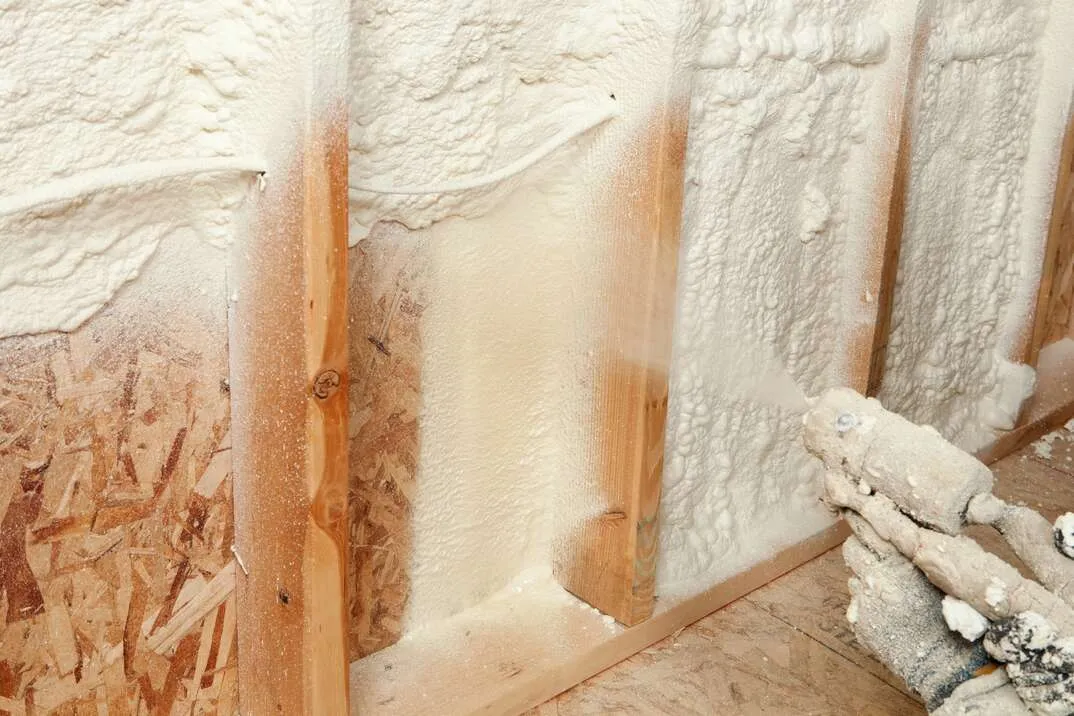Insulation acts as a barrier that keeps indoor temperatures stable by blocking heat from escaping in winter and entering in summer. In Smithfield, NC, where summers bring high humidity and heat while winters stay mild but chilly, proper insulation cuts down on the energy needed for heating and cooling. This directly lowers utility bills, which helps families manage the pressure from energy prices that have climbed steadily. Homeowners see real relief as their monthly costs drop, leaving more room in budgets for other needs.
This article breaks down the ways insulation tackles rising energy expenses, with details on local conditions and practical steps. Readers will learn specific strategies and factors to weigh for their homes. Drawing from years of local insulation projects, this guidance is based on proven results in similar North Carolina homes.
Energy Costs in Smithfield and Why They Matter
Smithfield residents face energy bills that average around $150 per month for electricity, according to data from the U.S. Energy Information Administration. Prices rose by about 8% in North Carolina last year due to higher demand and fuel costs. These increases hit harder in a place like Smithfield, part of Johnston County, where air conditioning runs often from May through September.
Homes without good insulation lose up to 25% of cooled or heated air through walls and attics, per reports from the U.S. Department of Energy. That loss means systems work overtime, driving up costs. Insulation fills those gaps, so energy use drops and bills follow suit.
How Insulation Controls Heat Flow
Insulation materials trap air pockets that resist heat transfer. Fiberglass, cellulose, and spray foam each slow conduction, convection, and radiation differently. In practice, adding R-30 insulation to an attic can reduce heat gain by 50% in hot weather.
For Smithfield’s climate, which features average summer highs of 88°F and winter lows around 32°F, insulation targets the roof and walls first. These areas account for most energy loss. Spray foam expands to seal cracks, preventing moist air from condensing inside walls—a common issue in humid zones.
Bonus Tip: Check for air leaks around windows and doors before insulating. Sealing them first boosts the overall effect, as seen in local homes where combined steps cut cooling needs by 15%.
Savings from Insulation in Local Homes
A study by Oak Ridge National Laboratory shows that insulating walls and attics in southern homes yields payback periods of 3 to 5 years through lower bills. In North Carolina, where electricity rates sit at 12 cents per kilowatt-hour, a well-insulated home uses 20% less energy annually.
Consider a 1,800-square-foot house in Smithfield. Without insulation upgrades, summer cooling might cost $200 monthly. After adding proper layers, that drops to $140, saving $720 yearly. These figures come from field tests in similar Piedmont region homes.
| Insulation Type | R-Value per Inch | Annual Savings Estimate (Smithfield Home) | Installation Cost Range |
|---|---|---|---|
| Fiberglass Batts | 3.1-4.4 | $400-$600 | $1,000-$2,000 |
| Cellulose Loose-Fill | 3.2-3.8 | $500-$700 | $800-$1,500 |
| Spray Foam (Closed-Cell) | 6.0-7.0 | $700-$1,000 | $2,500-$4,000 |
This table compares common options based on energy models for Johnston County. Savings assume moderate use; actual results vary by home age and size.
Market data points to insulation as a top way to offset costs. The North Carolina State Energy Office reports that homes with high-efficiency insulation saw 18% lower energy use in 2022 compared to uninsulated ones, and these savings are particularly relevant given Smithfield’s unique climate challenges, which insulation addresses effectively.
Climate Factors in Smithfield
Smithfield’s location in the Coastal Plain means high humidity levels, often over 70% in summer. Insulation not only saves energy but also controls moisture, reducing mold risks. In milder winters, it keeps heat in without over-relying on systems.
Local building codes require minimum R-38 in attics for new construction, but many older homes fall short. Upgrading aligns with these standards and handles temperature swings better. Field experience shows that homes near the Neuse River benefit most from vapor barriers in insulation to fight damp air.
Bonus Tip: Opt for materials with high moisture resistance in basements. In past projects around Smithfield, this prevented water damage during heavy rains, extending the home’s comfort.
Things to Consider Before Making a Decision
Assess current insulation levels with a simple inspection: look in the attic for gaps or thin spots. Energy audits, available through local utilities, reveal exact loss points.
Think about home age—pre-1980 structures often lack modern barriers. Budget for upfront costs, but factor in long-term gains. Also, consider family size and usage patterns; larger households use more energy, so benefits scale up.
Environmental impact matters too. Better insulation cuts carbon output by reducing fossil fuel reliance for power. Check for rebates from Duke Energy, which cover up to $500 for upgrades in North Carolina.
Finally, evaluate contractor experience in local conditions. Poor installation wastes money, while quality work lasts decades.
Common Questions
Are quick fixes better than full overhauls?
Partial updates, such as insulating only the attic, can provide strong returns and noticeable improvements. However, full-home coverage delivers maximum efficiency and long-term energy savings.
Can insulation be done as a DIY project?
Simple sealing or insulating small areas may be handled by homeowners. Larger projects, especially spray foam, require professional installation to ensure proper coverage and performance.
Bonus Tip: Schedule inspections in spring or fall when temperatures stabilize. This timing reveals issues without extreme weather interference.

Frequently Asked Questions
Does insulation work in older Smithfield homes?
Yes, retrofitting older homes delivers strong results. Many built before 1990 have low R-values, so adding layers cuts bills by 10-20%. Start with attics and exterior walls for best impact.
How long does insulation last?
Quality installations endure 20-50 years, depending on type. Fiberglass holds up well in dry attics, while spray foam resists settling. Regular checks prevent degradation from pests or moisture.
Can insulation lower humidity indoors?
It helps by sealing air paths, but pair it with ventilation. In Smithfield’s muggy climate, this combo keeps levels at 40-50%, improving comfort without extra dehumidifiers.
What R-value fits Smithfield weather?
As noted in the climate factors section, aim for R-49 in attics and R-13 in walls, per IECC guidelines for zone 3. These levels handle both heat and cold effectively, based on regional data.
Are there tax credits for insulation?
Federal credits through the Inflation Reduction Act offer 30% back on costs up to $1,200 yearly. North Carolina adds state incentives—verify eligibility via IRS forms.
Key Takeaways
Insulation directly eases energy cost pressures by stabilizing home temperatures and reducing utility demands. In Smithfield, it counters humid summers and chilly winters, with savings that add up quickly. Focus on audits, local climate needs, and quality materials for lasting effects.
Evaluate your home’s setup, usage, and budget to decide next steps. Match choices to long-term plans, like staying put or selling, for the best fit.
Ready for Lower Bills
Smithfield homeowners dealing with high energy costs should explore insulation options suited to local conditions. Contact Raleigh Excel Spray Foam Insulation at (919) 301-9435 or [email protected] to discuss assessments. Professional advice helps identify targeted improvements that deliver real savings without hassle. Take that step to steady your finances amid price hikes.
Sources
- U.S. Energy Information Administration – Provides data on North Carolina electricity prices and consumption trends, supporting regional energy cost facts.
- U.S. Department of Energy – Offers guidelines on insulation benefits and energy loss percentages in homes.
- Oak Ridge National Laboratory – Details studies on insulation payback and savings in southern U.S. climates.




